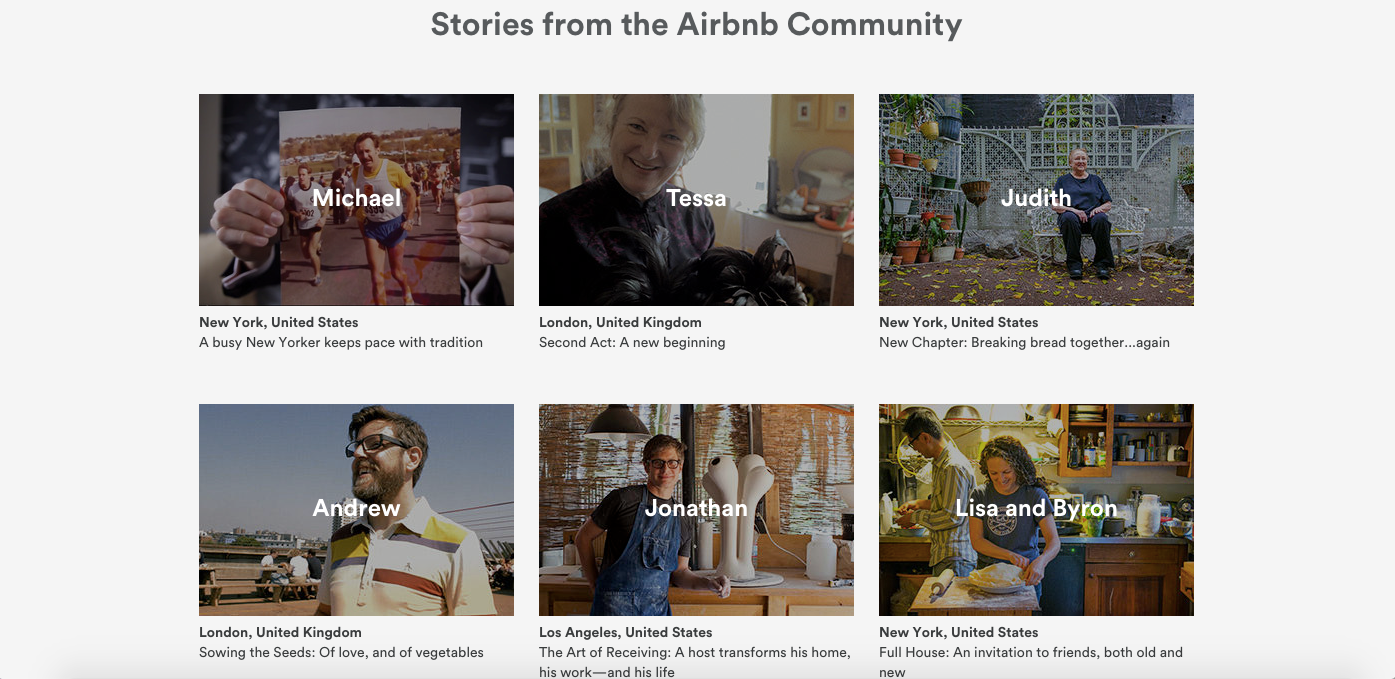Stories constitute the single most powerful weapon in a leader’s arsenal.
– Dr. Howard Gardner, Harvard University
When you tell a story during your presentation, you can potentially activate up to seven areas of your audience members’ brains, as compared to the two areas of the brain that you can awaken if you tell only facts and stats during your presentation.
The power of storytelling is not news to most people; the benefits of stories have been extolled for years, especially recently with the rise of content marketing. Many people however still struggle to know how best to take advantage of storytelling during presentations. We all tell stories everyday, however for some reason when it comes to telling stories during presentations, most people freeze and get a bad case of writer’s block.
The challenge of finding the right story to tell during a presentation is understandable because during presentations the speaker is in the hot seat and the pressure is intense. Thus, most speakers want to stick with the facts to avoid seeming soft or unprepared to present the cold, hard data that proves their points. However being seen as soft and warm is an important reason why speakers should strive to discover at least one story they can share during their time in the spotlight. According to a Harvard study, leaders need to project warmth to connect to their audience; projecting competence alone is not sufficient for most leaders to succeed. Although projecting competence is clearly important, neglecting to demonstrate trustworthiness/warmth – a psychological conduit for influence – makes it very difficult for leaders to gain loyalty and to be persuasive in a sustainable way.
So, how can you find stories to tell during your presentations to ensure you engage your audience and project warmth? Here are 3 suggestions to help you break through writer’s blocks to discover stories that will enhance your message.
1. Personal Story
Burt Helm, writer for renowned publications such as The New York Times and Inc magazine, receives thousands of emails from business leaders and entrepreneurs who hope to be featured in one his upcoming articles. Recently Burt showed me his inbox which contained 21,000 unread emails. The 21,000 emails had not been read because the sender had failed to captivate Burt’s attention by sharing a story worthy of an article.
When Burt told me the status of his inbox and the reason behind so many unread emails, I couldn’t resist asking, What types of stories capture your attention and imagination? He didn’t hesitate to respond by saying, personal stories. Apparently most people think that talking about their new round of funding or the latest features of their product are stories, but they’re not stories, those are updates worthy of a tweet perhaps, but not an article.

The same goes for presentations; your informative updates might be interesting, but they don’t fulfill the storytelling element needed for your presentation. According to Burt, the best stories start are personal, and are based on experiences such as your failures, epiphanies, fears, successes, and obstacles. Burt continued to explain that the most successful stories start with an unexpected complication and end with a transformation.

If you’re thinking about including a personal story in your presentation, think about the complications in your life, and how you handled those curveball experiences. You can also look for aha moments, or moments of transformation, and work backwards to discover the moment where it all began – the beginning of your story.
2. Customer Experience
If you cannot think of a personal story, are there any customer experiences that are relevant to your presentation material? If so, get permission from the customer to share their story, or change their name to protect their identity. You can even take the basic information from the customer’s experience and create a fictional story based on the customer’s real life experience.
Airbnb has done an exceptional job of reaching out to their customers to gather great stories from real people in their community. The stories are shared online as a content marketing initiative however the example can still serve as inspiration for public speakers.

If you go to all of the work of collecting stories from your customers, why not follow Airbnb’s lead and also use the stories for your own content marketing campaigns? I say go for it. People will love the customer stories on your blog just as much as they will love the stories when you share them during your presentation.
However, if you’re not as lucky as Airbnb and you cannot collect stories from real customers, create a fictional story based on your customers. The fictional story can be as simple as the example shown below.
In the example below, the slides have no words because the slides are only meant to serve as visuals to enhance the story as it is shared orally by the speaker.
In addition, these slides are only a small sample of the entire story – just enough to inspire you to create your own fictional story.
So, here’s the basic idea of this fictional story…
Jack and Jill meet through an online dating site. Jill enjoyed Jack’s witty profile bio that poked fun of his love for crispy bacon and walks through the snow, and Jack enjoyed Jill’s photos from her recent skiing trip in Utah. Jack and Jill decide to meet for their first date at a nearby coffeeshop. As soon as they confirm their plans, they both get butterflies of excitement.

To prepare for the date, Jill goes shopping to buy a new outfit, makeup, and some perfume. The entire time she is shopping, her mind is racing and her heart is pounding due to her excitement and nervousness.

To prepare for the date, Jack looks through his closet to find an appropriate shirt. Overall, he is relaxed and happy. He is looking forward to the date, but the butterflies he felt immediately after confirming the date are now long gone.

You get the idea, right? Your story does not need to be complicated to spark listeners’ imaginations. Your story can be simple and even fictional, but you should strive make it as descriptive as possible. Being descriptive is the secret to activating seven areas of listeners’ brains.
3. News, Literature, and other Presentations
Pablo Picasso is quoted as saying, Good artists copy, great artists steal. If Picasso condones stealing from other artists, then it must be a good idea, right?
Public speakers should feel comfortable telling other people’s stories, as long as you give credit where it is due. For example, if you read an article last week and the story is still sticking with you, then it is probably a good one. If it is relevant to what you do, your presentation material, and/or your audience’s interests, then you should probably find a way to make it flow within your presentation.
I recently stumbled upon an article that introduced me to Hustle Con. As a result, I have watched every Hustle Con presentation that is available on YouTube. I enjoyed all of the Hustle Con videos, however the two below were so impactful that I often talk about them with friend and colleagues. Because the stories shared within these presentations had an impressive impact on me, I will likely share the stories in some of my upcoming presentations.
Obviously I will not try to pretend that I am the founder of Pandora, or that Tim Westergren told me his life story directly. I will give full credit to Tim Westergren and Hustle Con. Because I am giving credit, I am borrowing more than stealing, and I suggest you do the same to enhance your own presentations.
1. How Tim Westergren Went From $400k in Debt to the Founder of a Public Company
2. How to Contact Anyone on LinkedIn with the Co-Founder of Vungle
What stories have stuck with you over time?
Conclusion:
Tell stories to activate up to seven areas of listeners’ minds, and to also project warmth during your time in the spotlight. When more areas of the brain are activated, people are more alert and engaged – which should be one of the main goals of your presentation. In addition, leaders and speakers who are perceived as warm are generally more successful.
So, what stories will you tell to steal the show during your presentation?
Additional Resources:
5 Storytelling Tips for Presentations
